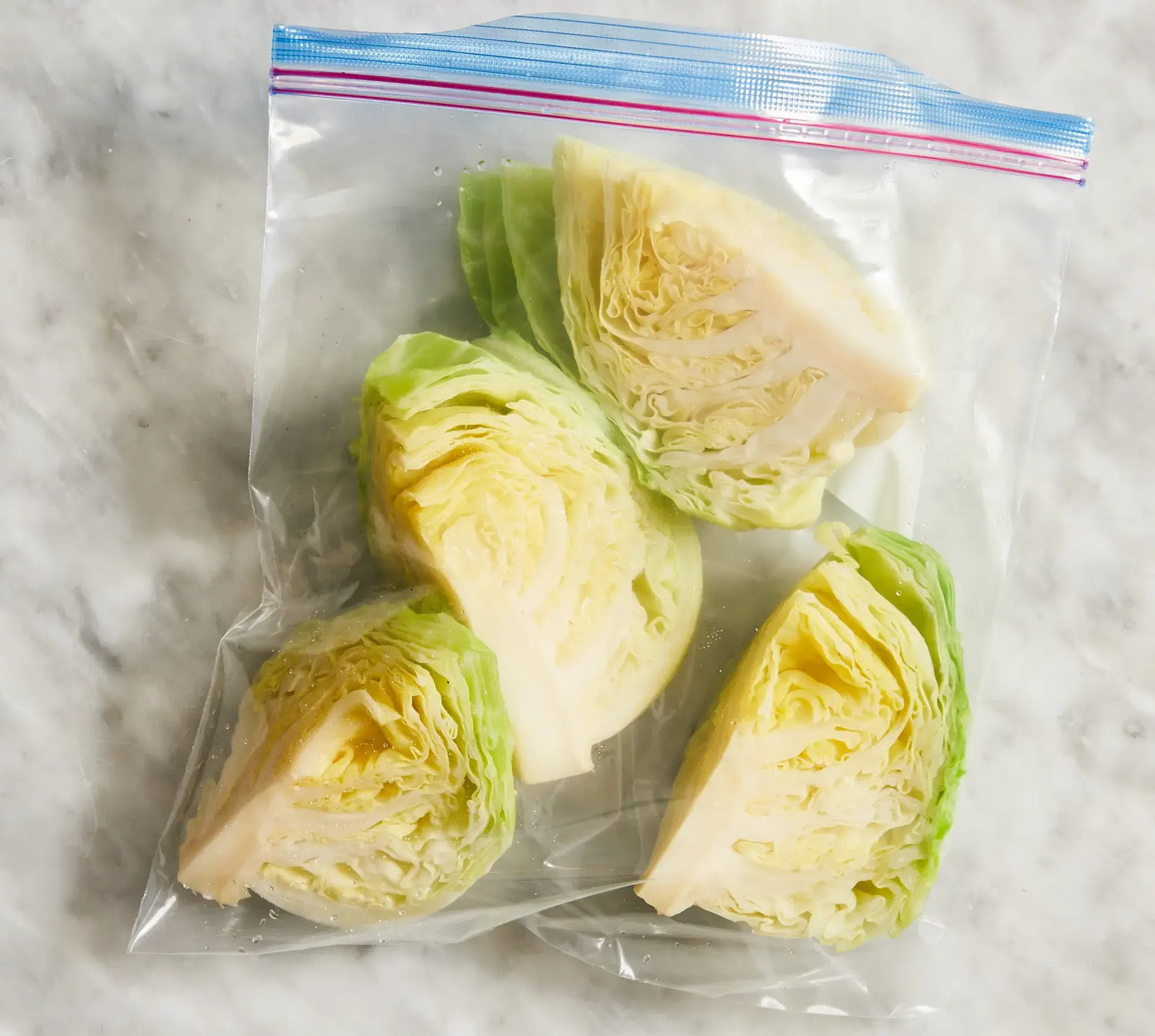

Articles
How To Store Cut Cabbage In The Refrigerator
Modified: August 16, 2024
Learn how to store cut cabbage in the refrigerator with these helpful articles. Keep your cabbage fresh and tasty for longer with our tips and tricks.
(Many of the links in this article redirect to a specific reviewed product. Your purchase of these products through affiliate links helps to generate commission for Storables.com, at no extra cost. Learn more)
Introduction
Cabbage is a versatile and nutritious vegetable that is commonly used in various recipes, from salads and coleslaw to stir-fries and soups. Whether you have leftover cabbage from a meal or you bought a pre-cut cabbage from the grocery store, it’s important to know how to properly store it to maintain its freshness and flavor. In this article, we will guide you through the step-by-step process of storing cut cabbage in the refrigerator, as well as provide tips to maximize its freshness and avoid common mistakes.
Key Takeaways:
- Properly storing cut cabbage in the refrigerator is crucial for maintaining its freshness, preventing bacterial growth, reducing food waste, and enhancing meal preparation convenience.
- To maximize the freshness of cut cabbage, store it unwashed, keep it dry, avoid exposure to air, and use it within a few days of preparation. Avoid common mistakes like not drying it properly and using improper storage containers.
Read more: How To Store Cabbage In The Refrigerator
Why is it important to store cut cabbage properly?
Properly storing cut cabbage is essential for several reasons. Firstly, it helps to maintain the freshness and taste of the cabbage. When cabbage is exposed to air and moisture, it can quickly wilt, become limp, and lose its crispness. By storing cut cabbage properly, you can prolong its shelf life and ensure that it retains its texture and flavor for longer.
Secondly, storing cut cabbage properly helps to prevent the growth of bacteria and fungi. Cutting cabbage exposes its inner layers, making it more susceptible to microbial contamination. By keeping it in the refrigerator and following the correct storage methods, you can minimize the risk of bacterial growth and ensure food safety.
Additionally, storing cut cabbage properly can help you to reduce food waste. Cabbage can spoil quickly if not stored correctly, leading to unnecessary waste. By employing the right storage techniques, you can extend the shelf life of cut cabbage and use it in various dishes instead of having to throw it away.
Lastly, storing cut cabbage properly allows for convenience and time-saving in meal preparation. When you have pre-cut cabbage readily available in the refrigerator, it makes it easier to incorporate it into your recipes. Whether you need a handful of cabbage for a quick stir-fry or a larger amount for a hearty salad, having it properly stored ensures that it is easily accessible when you need it.
In summary, proper storage of cut cabbage is important to maintain its freshness, prevent bacterial growth, reduce food waste, and enhance convenience in meal preparation. By following the correct storage methods, you can make the most out of your cabbage and enjoy its crispness and flavor for an extended period of time.
Step-by-step guide to storing cut cabbage in the refrigerator
Storing cut cabbage in the refrigerator is a simple process that involves a few key steps. Follow these steps to ensure that your cut cabbage stays fresh and crisp:
- Choose a suitable container: Select a clean, airtight container or plastic bag that is large enough to accommodate the cut cabbage. This will help to prevent air and moisture from reaching the cabbage, keeping it fresh for a longer time.
- Prepare the cabbage: If you haven’t already, wash the cabbage thoroughly under running water to remove any dirt or debris. Cut the cabbage into the desired size and shape, whether it’s finely shredded, thick slices, or wedges.
- Pat dry: Before storing, make sure to pat the cut cabbage dry with a clean towel or paper towel. Excess moisture can promote spoilage, so removing as much water as possible is crucial.
- Place in the container: Transfer the cut cabbage to the airtight container or plastic bag. Ensure that there is enough space in the container to prevent overcrowding, which can lead to moisture buildup and faster spoilage.
- Seal the container: If using a container with a lid, securely close it. If using a plastic bag, remove as much air as possible before sealing it tightly. This will help to maintain the freshness and prevent the entry of air and moisture.
- Label and date: To keep track of the storage time, label the container or bag with the date of storage. Cabbage can typically be stored for up to a week in the refrigerator, so it’s helpful to know when it was prepared.
- Store in the refrigerator: Place the container or bag of cut cabbage in the refrigerator, preferably in the crisper drawer or the coolest part of the fridge. The temperature should be set at or below 40°F (4°C) to slow down the deterioration process.
By following these simple steps, you can ensure that your cut cabbage remains fresh, crisp, and ready to be used in your favorite recipes.
Tips for maximizing the freshness of cut cabbage
To maximize the freshness and shelf life of cut cabbage, consider the following tips:
- Store it unwashed: Unless the cabbage is particularly dirty, it’s best to store it unwashed. Washing cabbage exposes it to moisture, which can accelerate spoilage. Instead, wash the cabbage just before using it.
- Keep it dry: Moisture is the enemy of fresh cabbage. After cutting and before storing, make sure to thoroughly dry the cut cabbage to remove excess water. Any moisture left on the cabbage can cause it to wilt and spoil quickly.
- Avoid exposure to air: Oxygen can cause the cut cabbage to deteriorate faster. Always store cut cabbage in airtight containers or plastic bags to limit its exposure to air. This will help to maintain its crispness and prevent browning.
- Don’t mix with other strong-smelling foods: Cabbage has a strong odor, which can easily transfer to other foods in the refrigerator. To avoid unpleasant cross-contamination, store cut cabbage separately from other foods, especially those with delicate flavors.
- Keep it cool: Cabbage is a cold-loving vegetable, so it’s best to store it in the refrigerator to preserve its freshness. Make sure the temperature is set to 40°F (4°C) or below, as higher temperatures can cause the cabbage to wilt and spoil more quickly.
- Don’t cut too far in advance: While cut cabbage can be stored for up to a week, it’s best to cut it as close to the time of use as possible. The longer cabbage is exposed to air and moisture, the greater the risk of it losing its crispness and quality.
- Use it in a timely manner: Cut cabbage is best used within a few days of being prepared. As time goes on, its quality will gradually decline. Be mindful of the storage date and prioritize using the cut cabbage before it starts to lose its texture and flavor.
- Check for spoilage signs: Before using cut cabbage, always inspect it for any signs of spoilage. Look for sliminess, discoloration, or a foul odor. If any of these are present, discard the cabbage, as it is no longer safe to consume.
By following these tips, you can ensure that your cut cabbage stays fresh and retains its crispness for as long as possible, allowing you to enjoy its deliciousness in a variety of dishes.
After cutting cabbage, store it in a resealable plastic bag or airtight container in the refrigerator. Make sure to remove any excess air from the bag or container to help keep the cabbage fresh for longer.
Common mistakes to avoid when storing cut cabbage
When it comes to storing cut cabbage, there are a few common mistakes that people often make. By being aware of these mistakes, you can ensure that your cut cabbage stays fresh and flavorful. Avoid the following pitfalls:
- Not drying the cabbage properly: Moisture is the enemy of fresh cabbage. Failing to thoroughly dry the cut cabbage before storing it can lead to wilting and spoilage. Always pat the cabbage dry with a clean towel or paper towel to remove excess moisture.
- Using improper storage containers: Storing cut cabbage in the wrong type of container can lead to faster spoilage. Avoid using open containers or containers without a secure lid. Instead, opt for airtight containers or plastic bags that can keep air and moisture out.
- Overcrowding the storage container: Cramming too much cut cabbage into a container can lead to moisture buildup and faster spoilage. Make sure to leave enough space for air circulation. If necessary, divide the cut cabbage into multiple containers to prevent overcrowding.
- Storing it alongside other strong-smelling foods: Cabbage has a strong odor that can easily transfer to other foods in the refrigerator. Avoid storing cut cabbage alongside delicate or aromatic foods, as their flavors can become affected. Keep it separate to maintain its original taste.
- Leaving it at room temperature for too long: Cut cabbage should be refrigerated as soon as possible to maintain its freshness. Leaving it at room temperature for an extended period can accelerate spoilage. Aim to transfer the cut cabbage to the refrigerator within two hours of cutting it.
- Not checking for spoilage signs: It’s essential to regularly check the cut cabbage for any signs of spoilage before using it. Sliminess, discoloration, or a foul odor are clear indications that the cabbage has gone bad. If any of these signs are present, it’s best to discard the cabbage.
- Storing it for too long: While cut cabbage can be stored for up to a week, it’s best to use it within a few days to ensure optimal freshness. As time goes on, the quality of the cabbage will gradually decline, and it may no longer be as crisp and flavorful.
By avoiding these common mistakes, you can extend the shelf life and quality of your cut cabbage, ensuring that it remains fresh and ready to be used in your favorite recipes.
Read more: How To Store Cabbage Once Cut
Frequently Asked Questions about storing cut cabbage
Here are some common questions that people often have about storing cut cabbage:
- Can I store cut cabbage at room temperature?
No, it is not recommended to store cut cabbage at room temperature. Cabbage is a perishable vegetable and should be refrigerated to maintain its freshness. Leaving cut cabbage at room temperature can accelerate spoilage. - How long can I store cut cabbage in the refrigerator?
Cut cabbage can typically be stored in the refrigerator for up to a week. However, it is best to use it within a few days to ensure optimal freshness and flavor. - Can I freeze cut cabbage?
While technically you can freeze cut cabbage, it is not recommended. Freezing cabbage can cause changes in texture and flavor, resulting in a less desirable eating experience. - Can I store cut cabbage in a plastic bag?
Yes, you can store cut cabbage in a plastic bag. Just make sure to choose a food-grade bag that is clean and airtight. Make sure to remove any excess air from the bag before sealing it to prevent moisture buildup. - Is it necessary to wash the cabbage before storing it?
It is best not to wash the cabbage before storing it. Washing exposed cabbage can introduce moisture, which can lead to faster spoilage. Instead, wash the cabbage just before using it. - Can I store cut cabbage with the core intact?
Yes, you can store cut cabbage with the core intact. The core helps to maintain the structural integrity of the cabbage. Just make sure to remove any damaged or wilted outer leaves before storing. - Can I store cut cabbage with other vegetables?
It is best to store cut cabbage separately from other vegetables. Cabbage has a strong odor that can transfer to other vegetables, affecting their flavor. To maintain the optimal taste of each vegetable, store them separately.
If you have any additional questions about storing cut cabbage, don’t hesitate to consult your local extension service or a trusted source for more information.
Conclusion
Properly storing cut cabbage in the refrigerator is essential for maintaining its freshness, flavor, and quality. By following the step-by-step guide outlined in this article, you can prolong the shelf life of your cut cabbage and prevent it from wilting or spoiling too quickly. Remember to choose a suitable container, dry the cabbage thoroughly before storing, and keep it in airtight packaging to minimize exposure to air and moisture.
Maximizing the freshness of cut cabbage also involves adhering to important tips such as avoiding overcrowding, storing it separately from strong-smelling foods, and maintaining a cooler temperature in the refrigerator. By doing so, you can enjoy crisp and flavorful cabbage for a longer period, reducing food waste and enhancing the convenience of meal preparation.
Additionally, it’s important to be aware of common mistakes to avoid when storing cut cabbage, such as not drying it properly, using improper storage containers, and leaving it at room temperature for too long. By steering clear of these pitfalls, you can optimize the storage conditions and ensure that your cut cabbage stays fresh and appetizing.
Finally, familiarize yourself with frequently asked questions about storing cut cabbage to address any specific concerns you may have. By understanding the proper storage methods, you can make informed decisions and maintain the quality of the cabbage for optimal enjoyment.
In conclusion, by following the guidelines, tips, and recommendations provided in this article, you can store cut cabbage properly in the refrigerator and make the most out of this versatile and nutritious vegetable. With a little care and attention, your cut cabbage will stay crisp, fresh, and ready to be used in a variety of delicious dishes.
Frequently Asked Questions about How To Store Cut Cabbage In The Refrigerator
Was this page helpful?
At Storables.com, we guarantee accurate and reliable information. Our content, validated by Expert Board Contributors, is crafted following stringent Editorial Policies. We're committed to providing you with well-researched, expert-backed insights for all your informational needs.
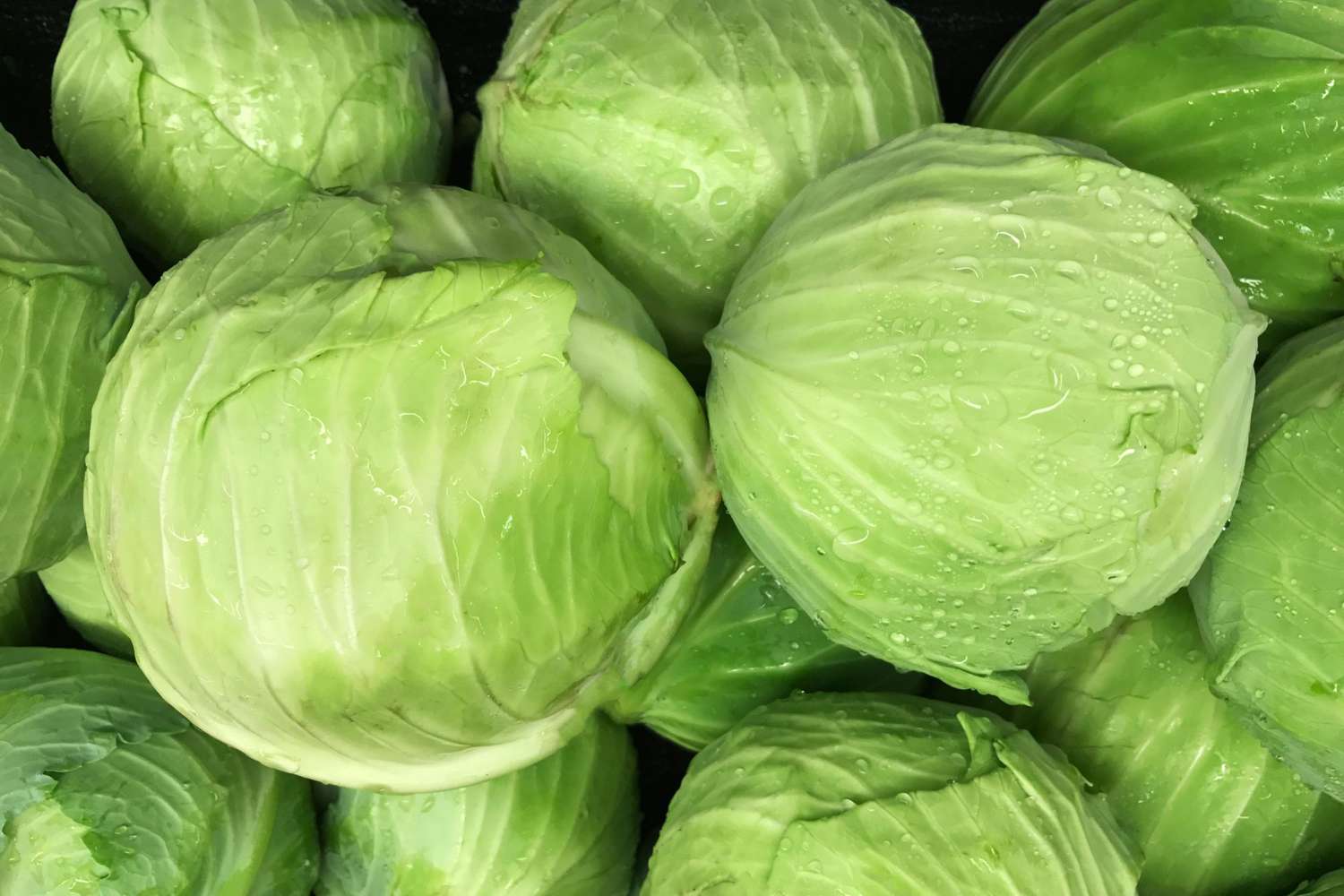
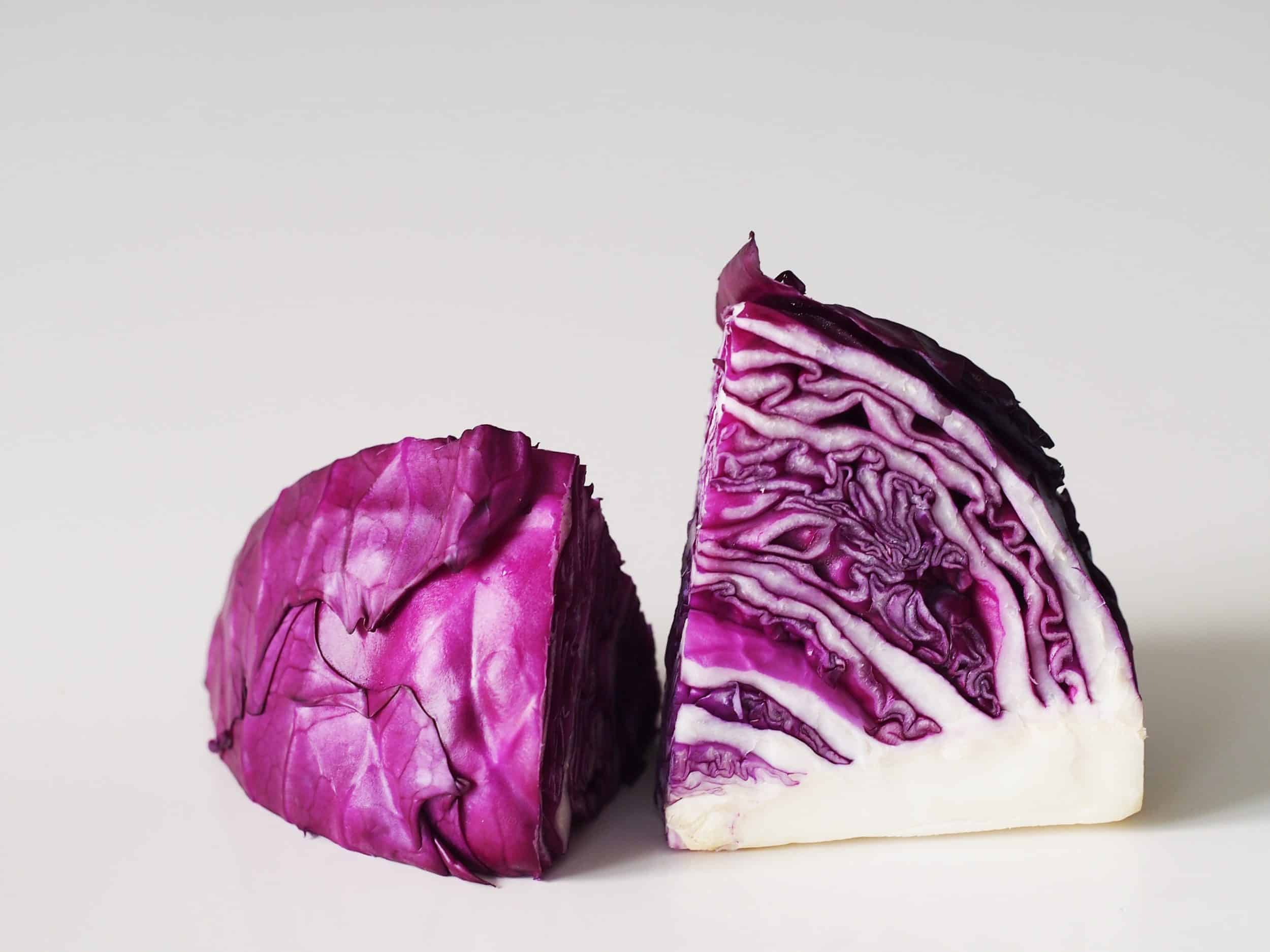
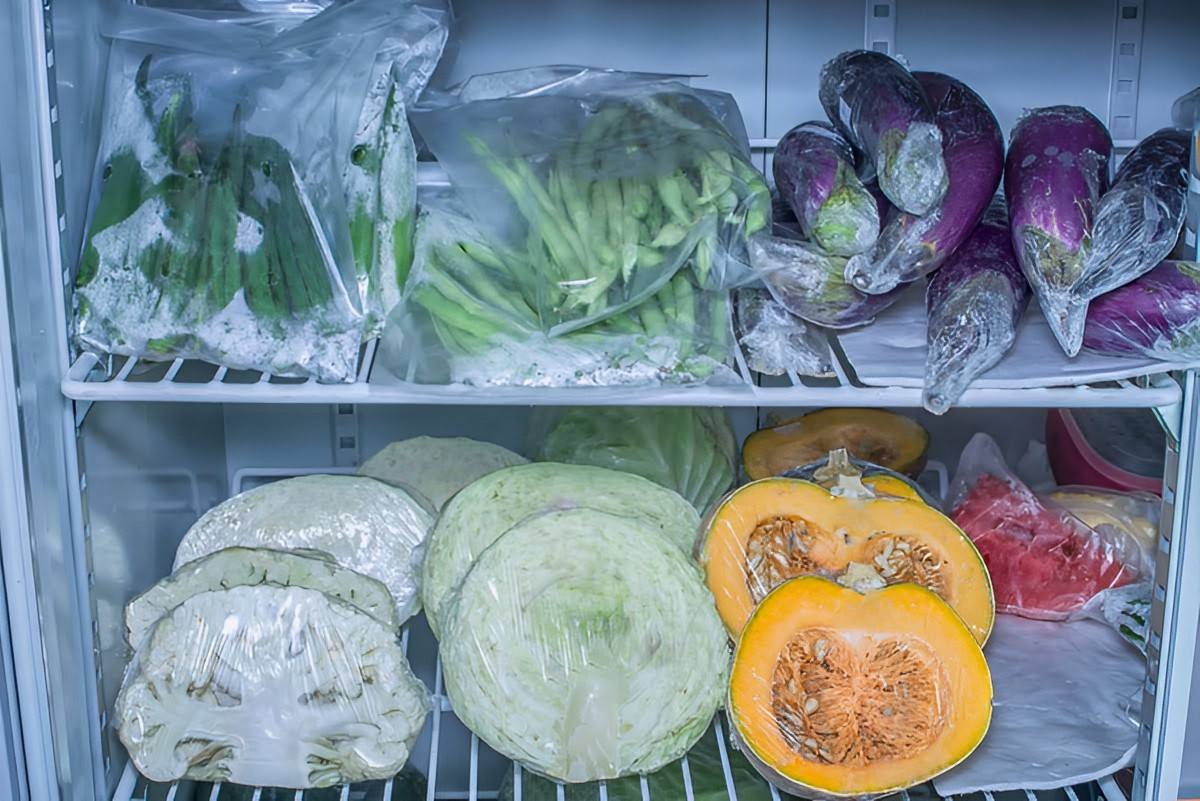
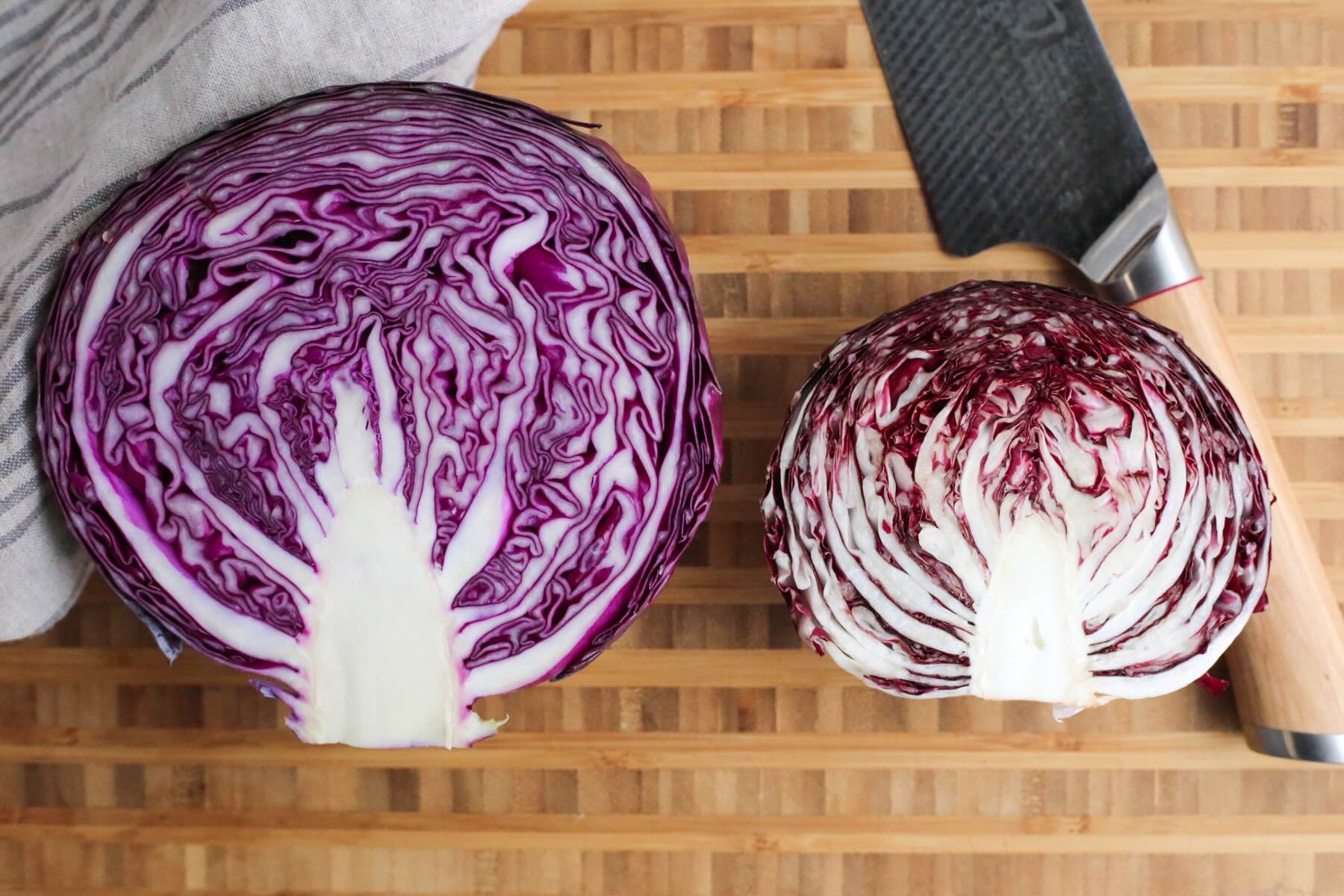
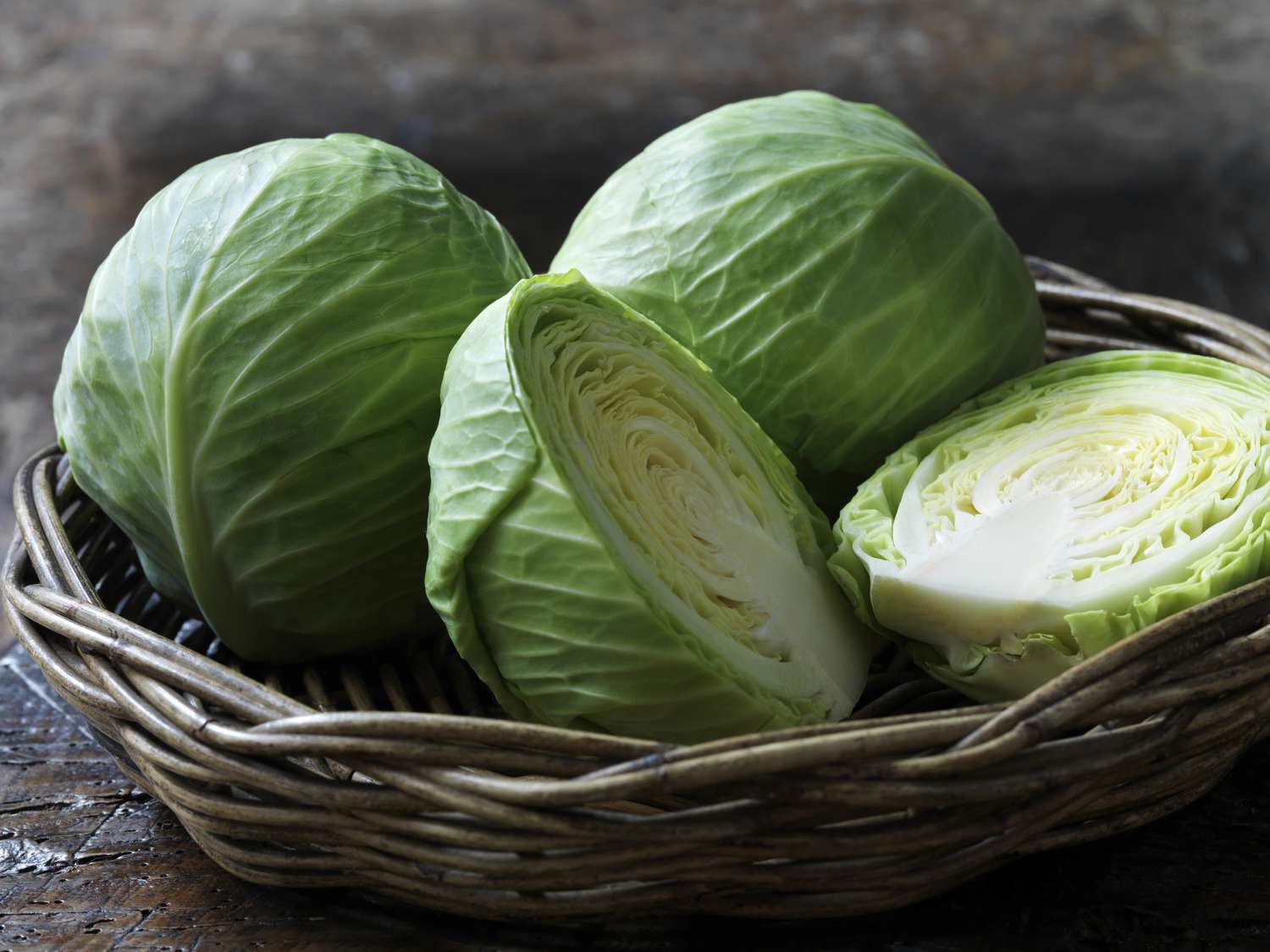
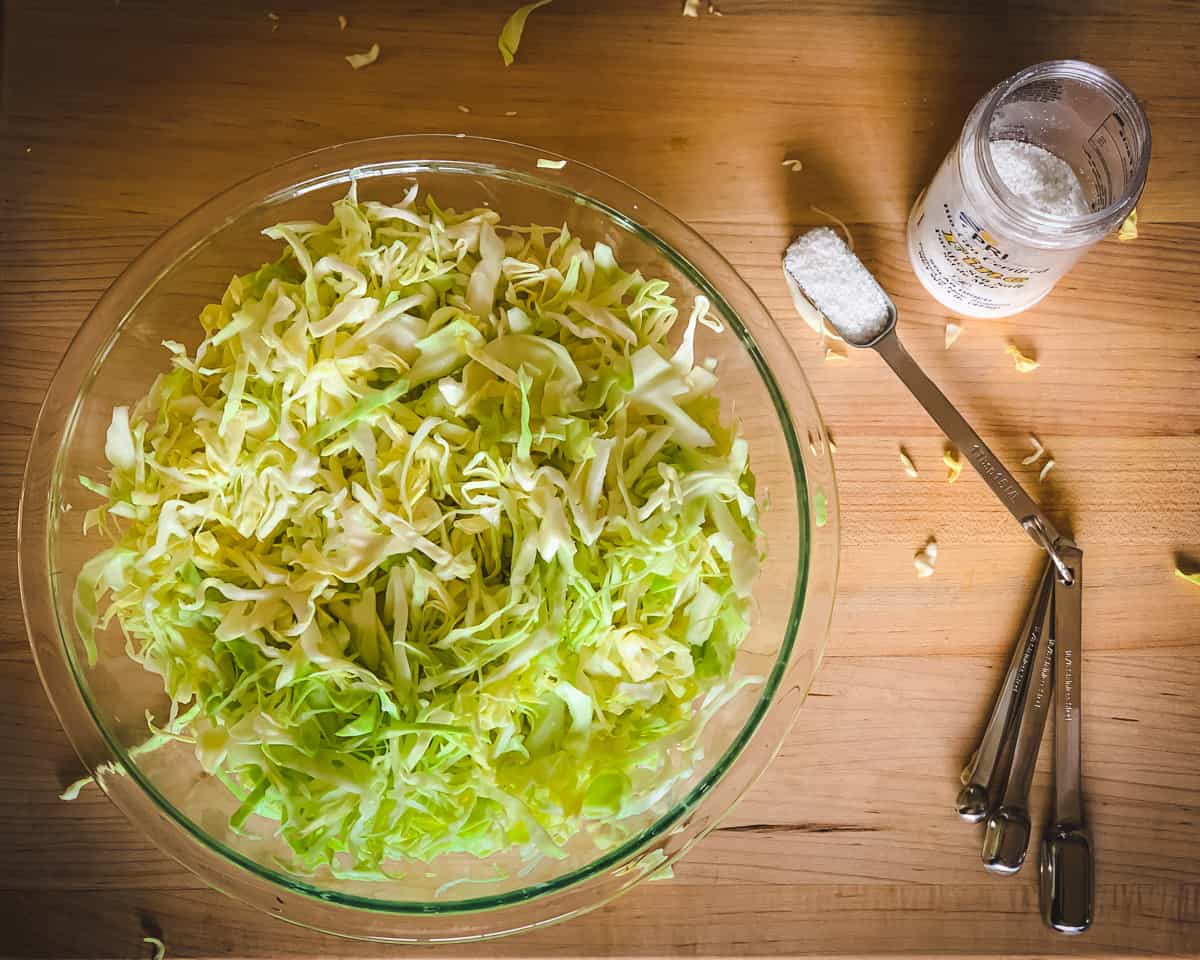
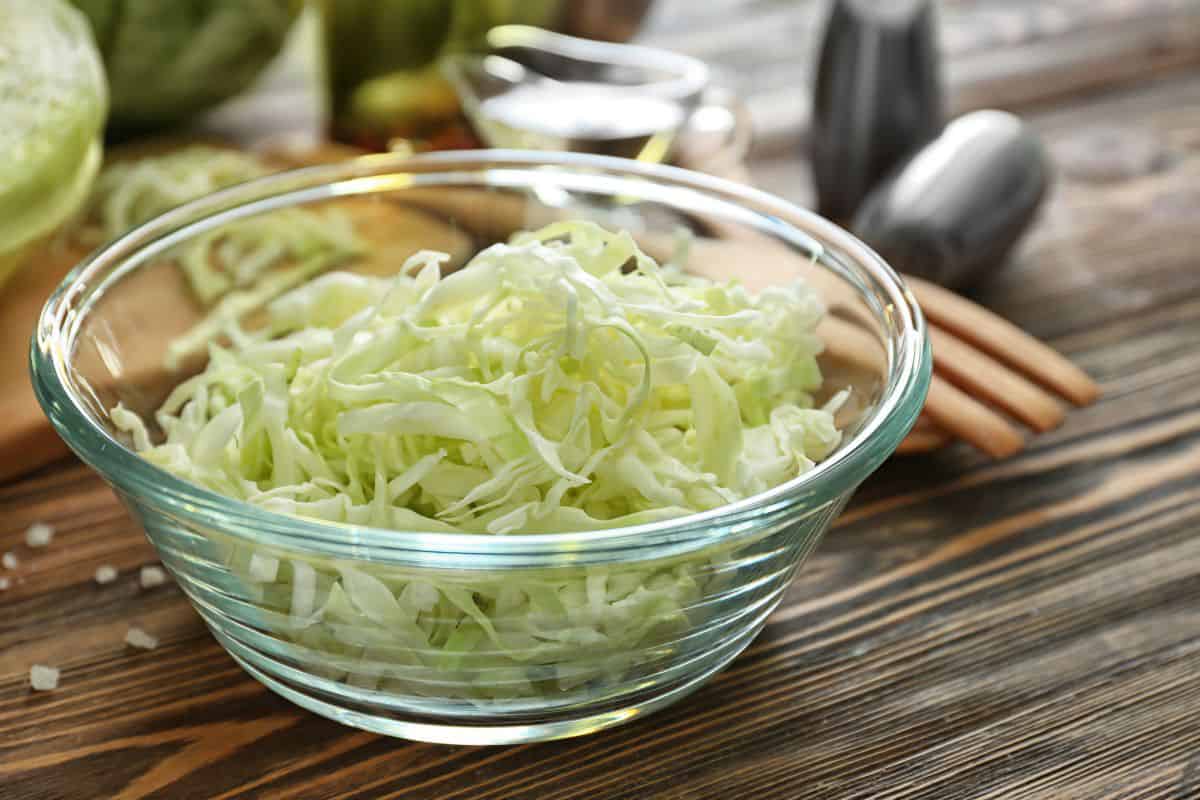
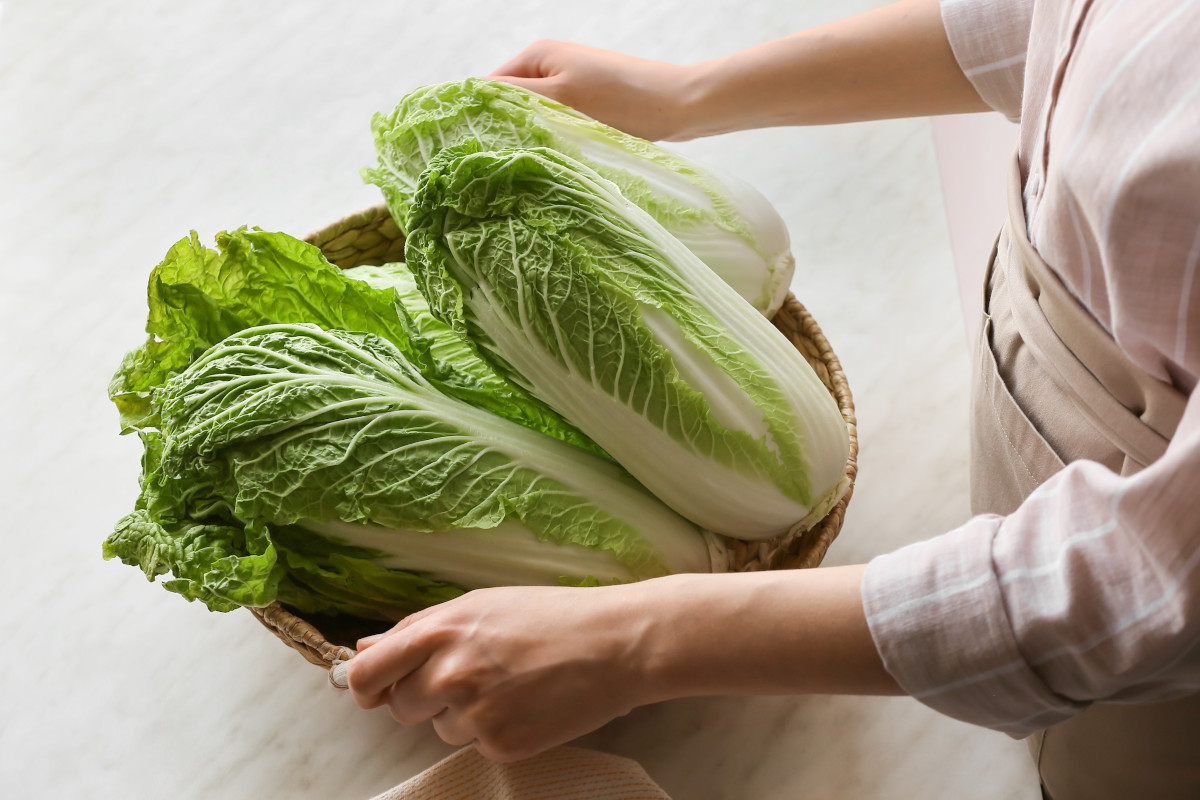
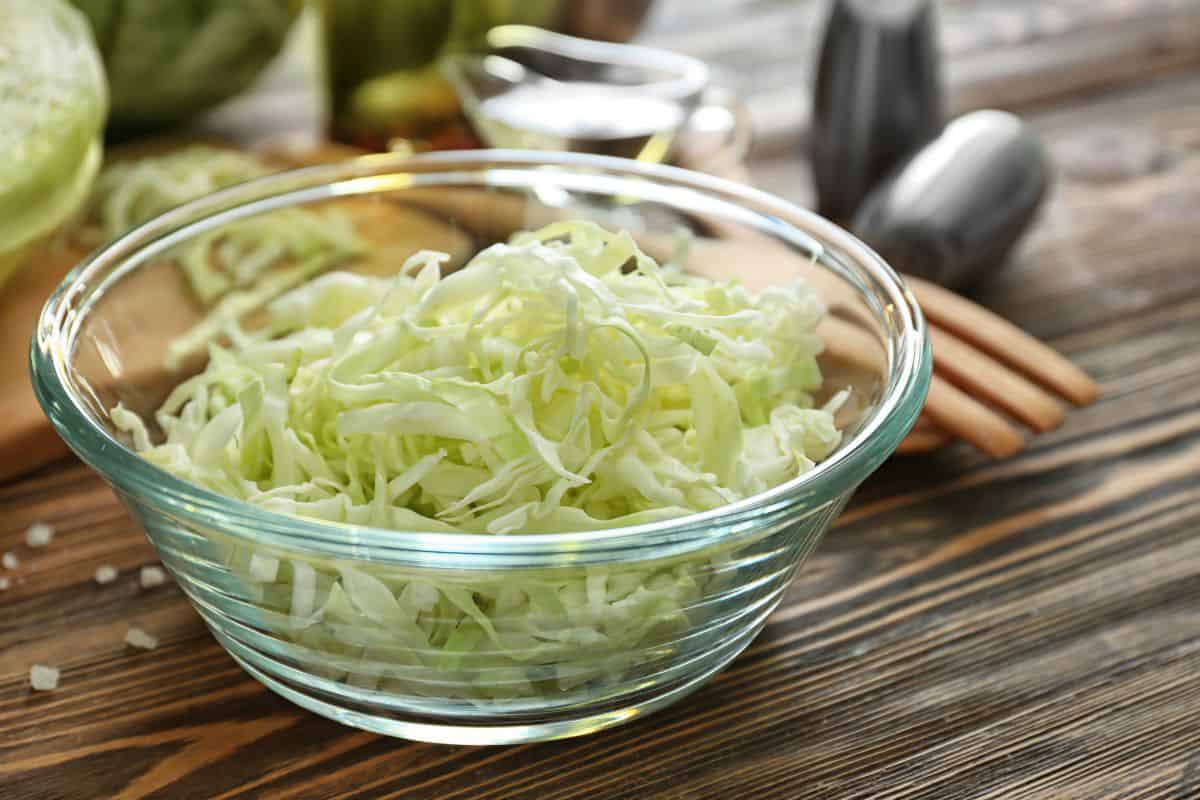
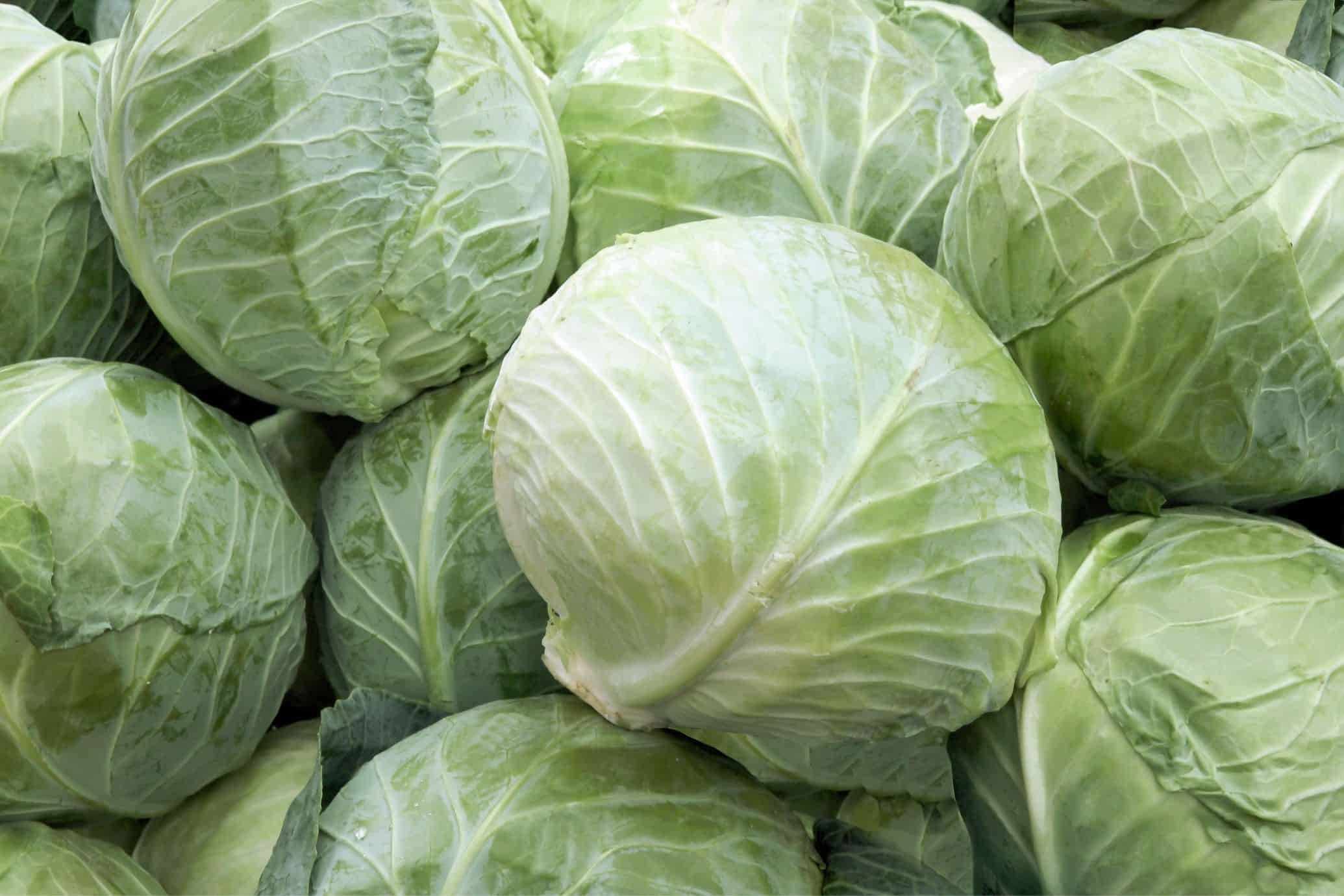
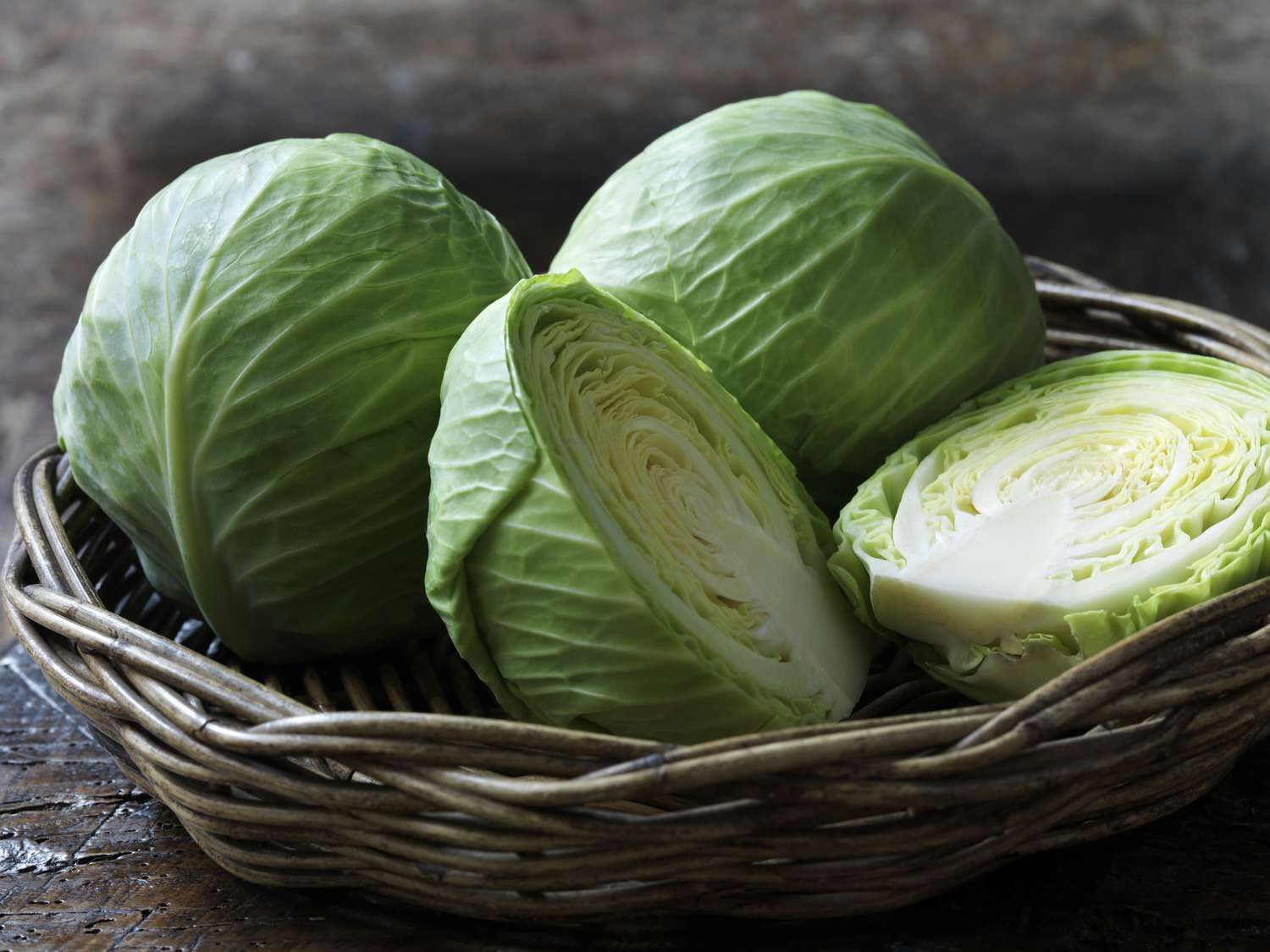
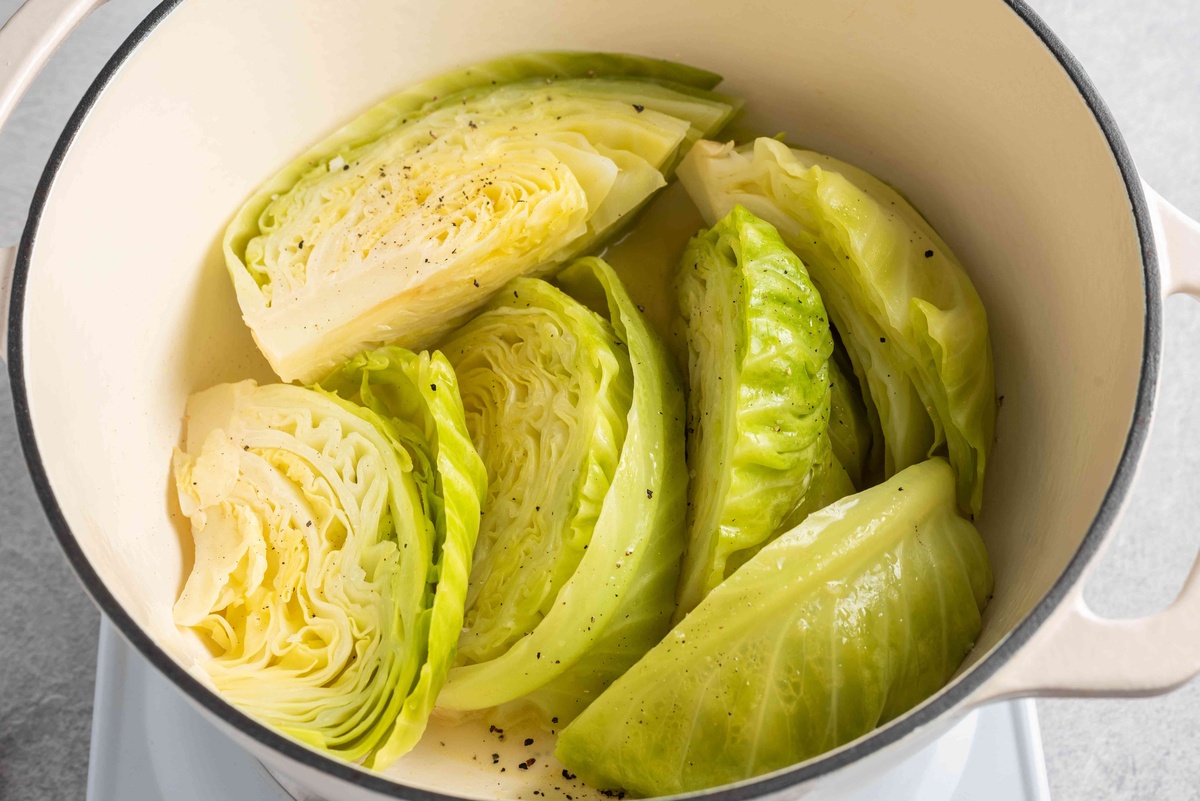
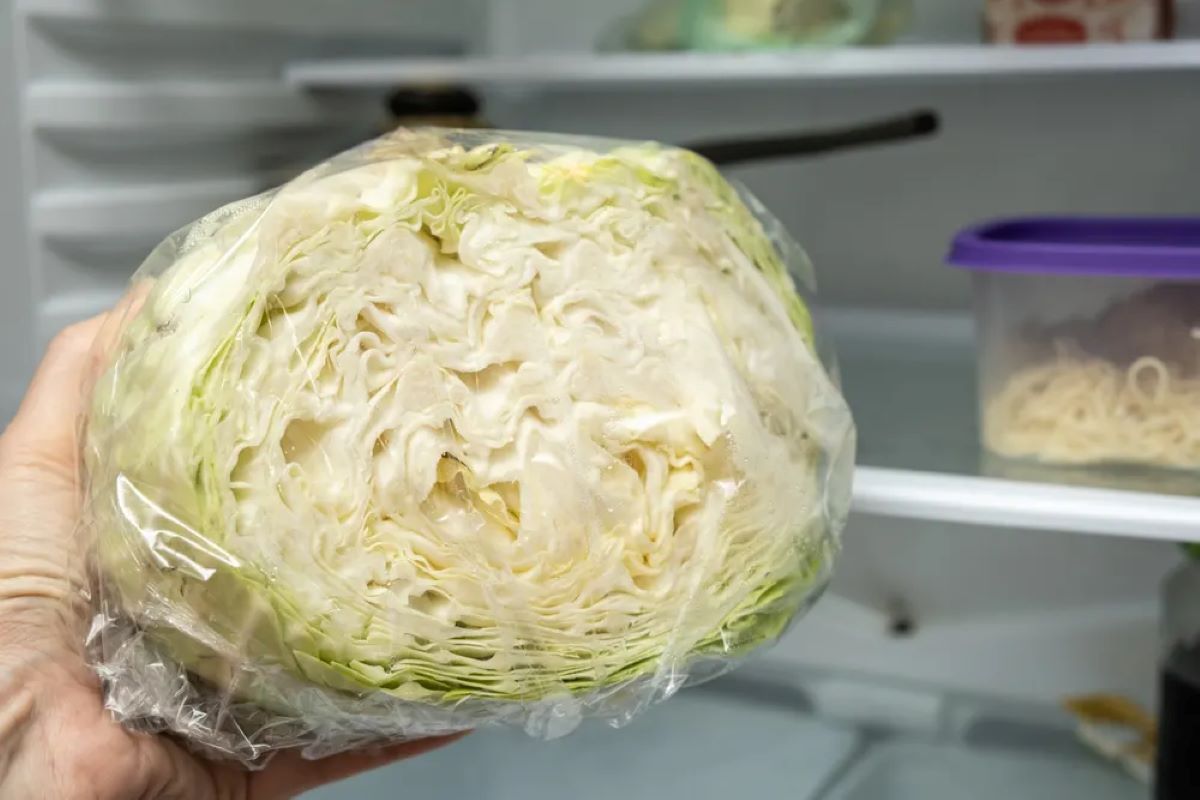
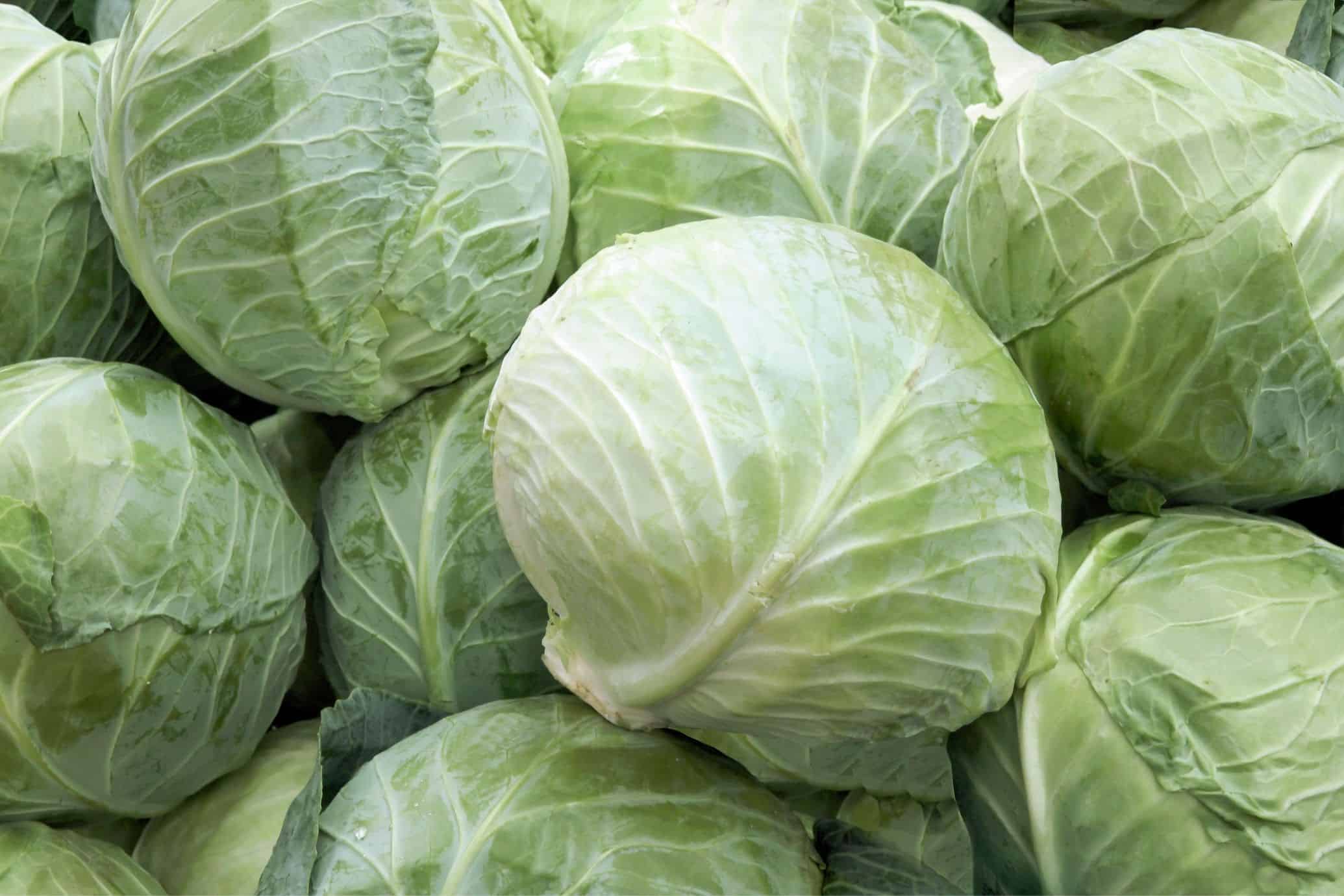

0 thoughts on “How To Store Cut Cabbage In The Refrigerator”